The Role of the Kimono in the Shogunal Courts of Kyoto
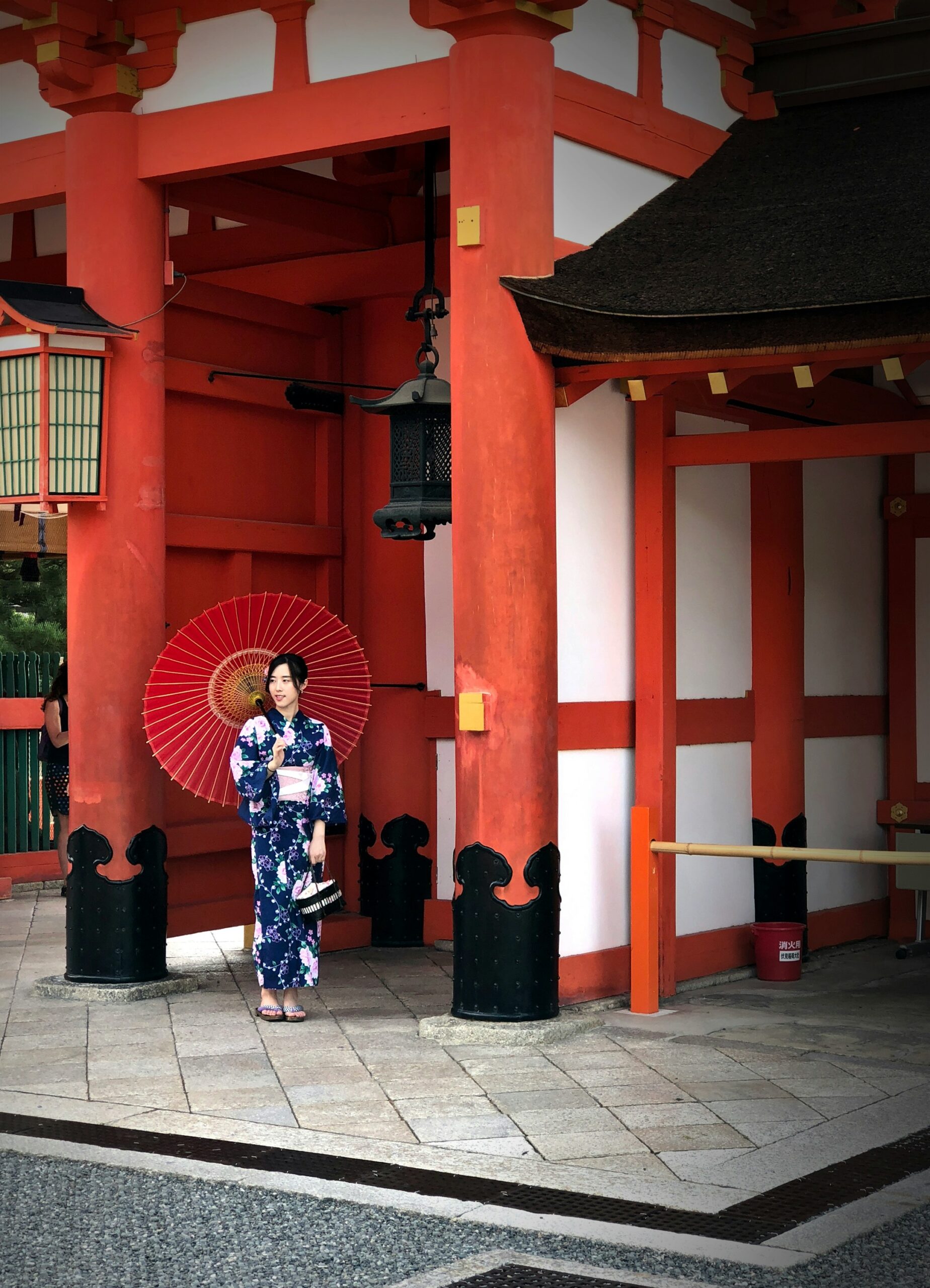
The majestic Kyoto Imperial Palace, where kimono traditions shaped court culture for centuries
Kyoto, the ancient imperial capital of Japan, has long been the stage for refined traditions, courtly rituals, and the symbolic art of the kimono. During the era of the shoguns, the kimono was far more than a garment—it was a visual language of power, hierarchy, and identity. Understanding the kimono’s role in the shogunal courts allows us to uncover layers of Japanese history, culture, and aesthetics that continue to influence Kyoto today.
👉 If you are planning to explore Kyoto and want to capture the timeless elegance of the kimono in stunning professional photographs, don’t miss the chance to book a session with us:Kimono Photography in Kyoto
- 1. Kyoto as the Cultural Heart of Japan
- 2. The Symbolism of the Kimono in Shogunal Courts
- 3. Women of the Court: Power in Silk
- 4. Samurai and Their Kimono: Armor Off, Authority On
- 5. Kyoto’s Nishijin Textiles and the Shogunate
- 6. Ceremonial Occasions: When Kimonos Spoke Louder than Words
- 7. The Legacy of Shogunal Kimono in Modern Kyoto
- 8. Tips for Experiencing Kimono Culture in Kyoto Today
- Conclusion
1. Kyoto as the Cultural Heart of Japan
Kyoto, established as the imperial capital in 794, remained the symbolic center of Japanese culture for centuries. Even after the political power shifted to the shoguns in Kamakura and later Edo (Tokyo), Kyoto retained its prestige as the cultural and ceremonial hub. The shogunal courts maintained close ties with Kyoto’s aristocracy, temples, and artisans, all of which influenced kimono traditions.
The city’s nishijin weaving district, famous for producing luxurious brocades, supplied the elite with intricate kimono fabrics. Court rituals, processions, and official visits created opportunities to showcase these garments as markers of rank and refinement.
2. The Symbolism of the Kimono in Shogunal Courts
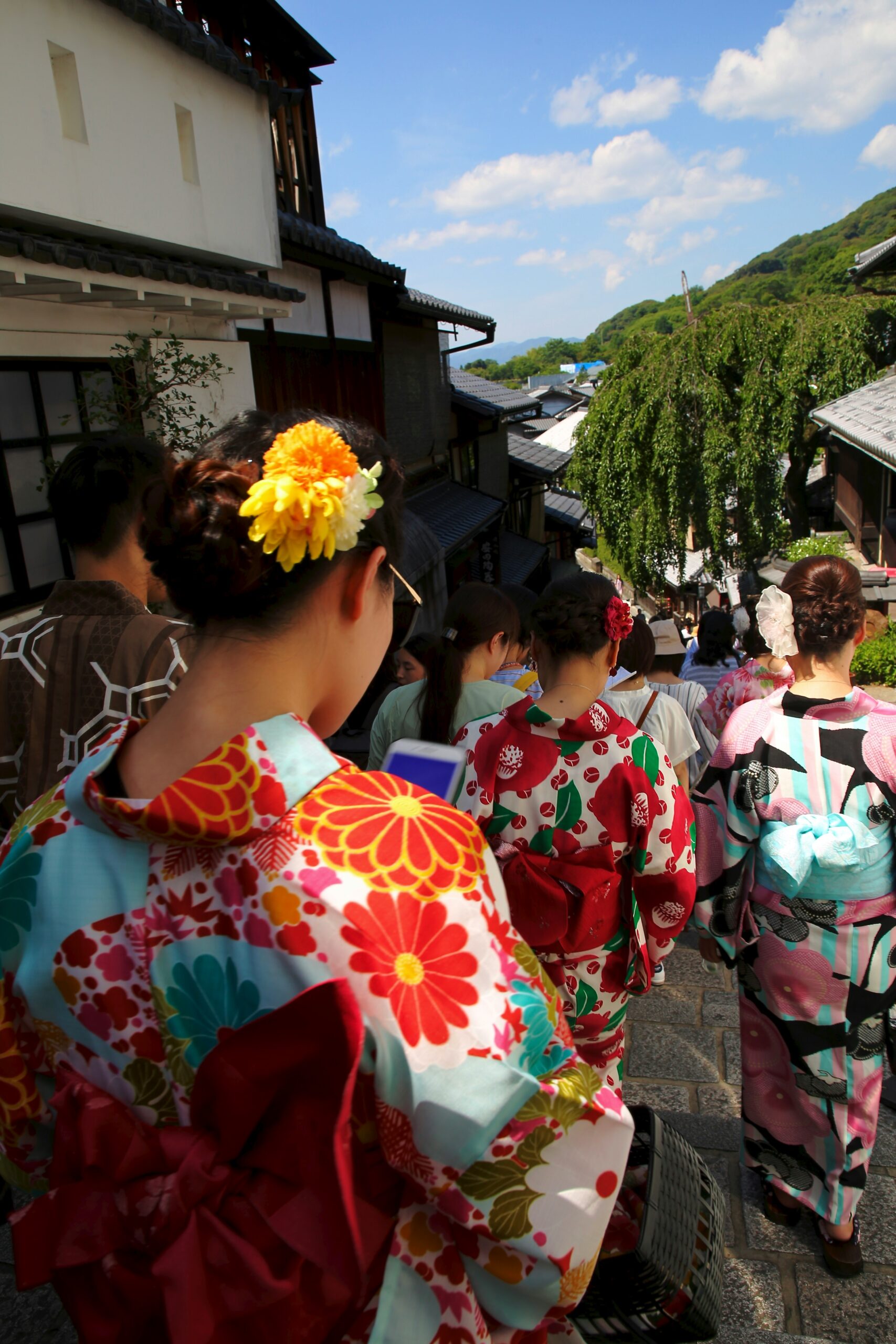
Elaborate ceremonial kimono showcasing the sophisticated symbolism of the shogunal era
The kimono was not merely clothing; it was a codified symbol system. Every detail—from fabric type to color, crest, and layering—communicated meaning.
Hierarchy:
The higher one’s rank, the more elaborate the kimono.
Seasonality:
Colors and motifs had to correspond with the season, reflecting harmony with nature.
Family identity:
Samurai and court families proudly displayed their mon (family crests) on formal kimonos.
Formality:
Specific occasions dictated which style of kimono was acceptable, such as the kamishimo (a formal samurai outfit with wide-shouldered vest and pleated hakama trousers).
For the shogunal elite, wearing a kimono correctly was not optional—it was a matter of duty and honor.
3. Women of the Court: Power in Silk
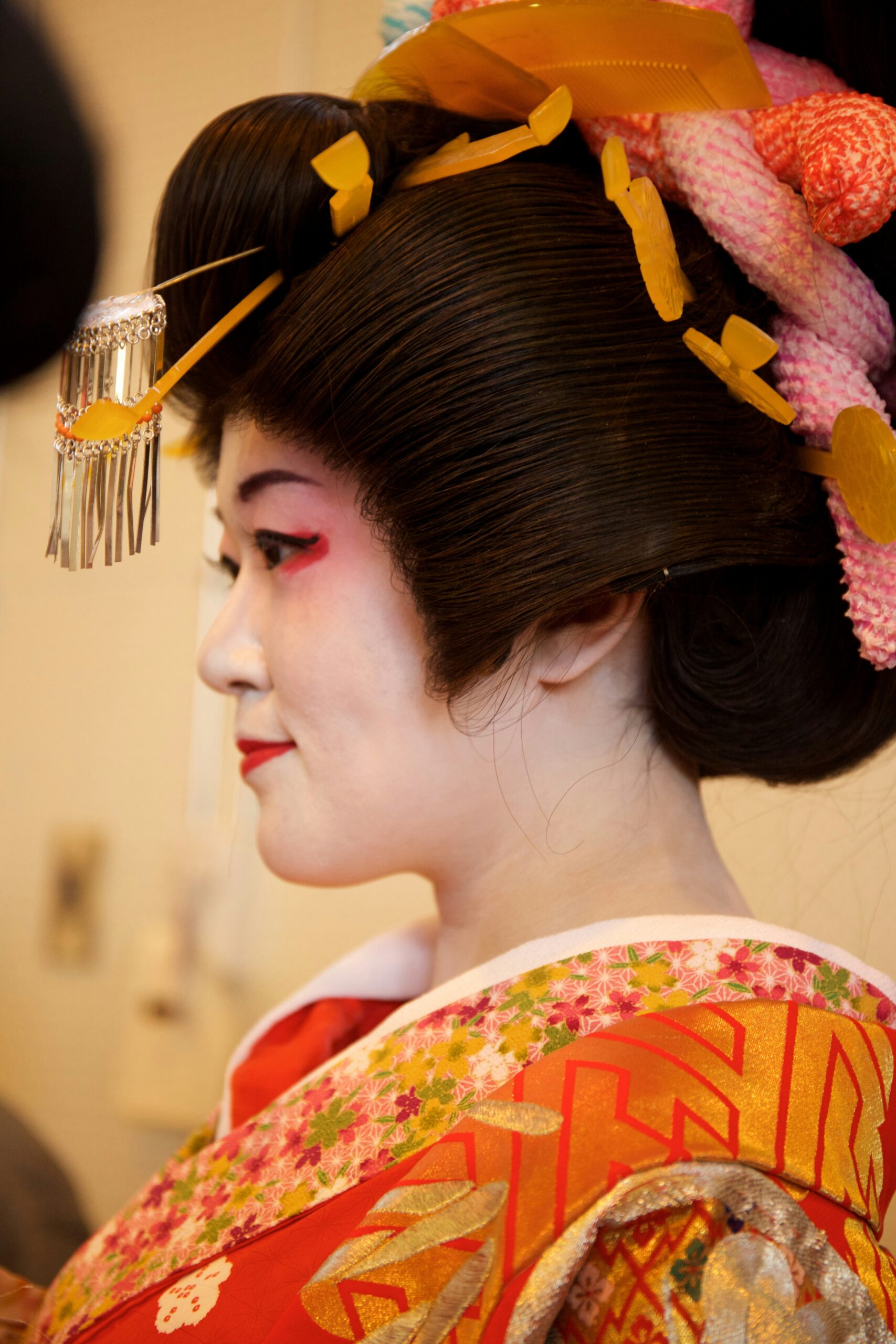
The magnificent junihitoe (twelve-layered kimono) – the ultimate expression of court femininity and power
Women in the shogunal and aristocratic courts wielded influence through fashion. The junihitoe (twelve-layered kimono) of the imperial court set the tone for centuries. While the shogunal courts adopted more practical variations, Kyoto’s noblewomen still dazzled in layered silks of symbolic colors.
For women, kimonos became a form of silent diplomacy—the choice of fabric, hue, and embroidery conveyed alliances, rivalries, and familial prestige. A lady’s appearance at tea ceremonies, poetry gatherings, or temple visits could shift perceptions and influence politics.
4. Samurai and Their Kimono: Armor Off, Authority On
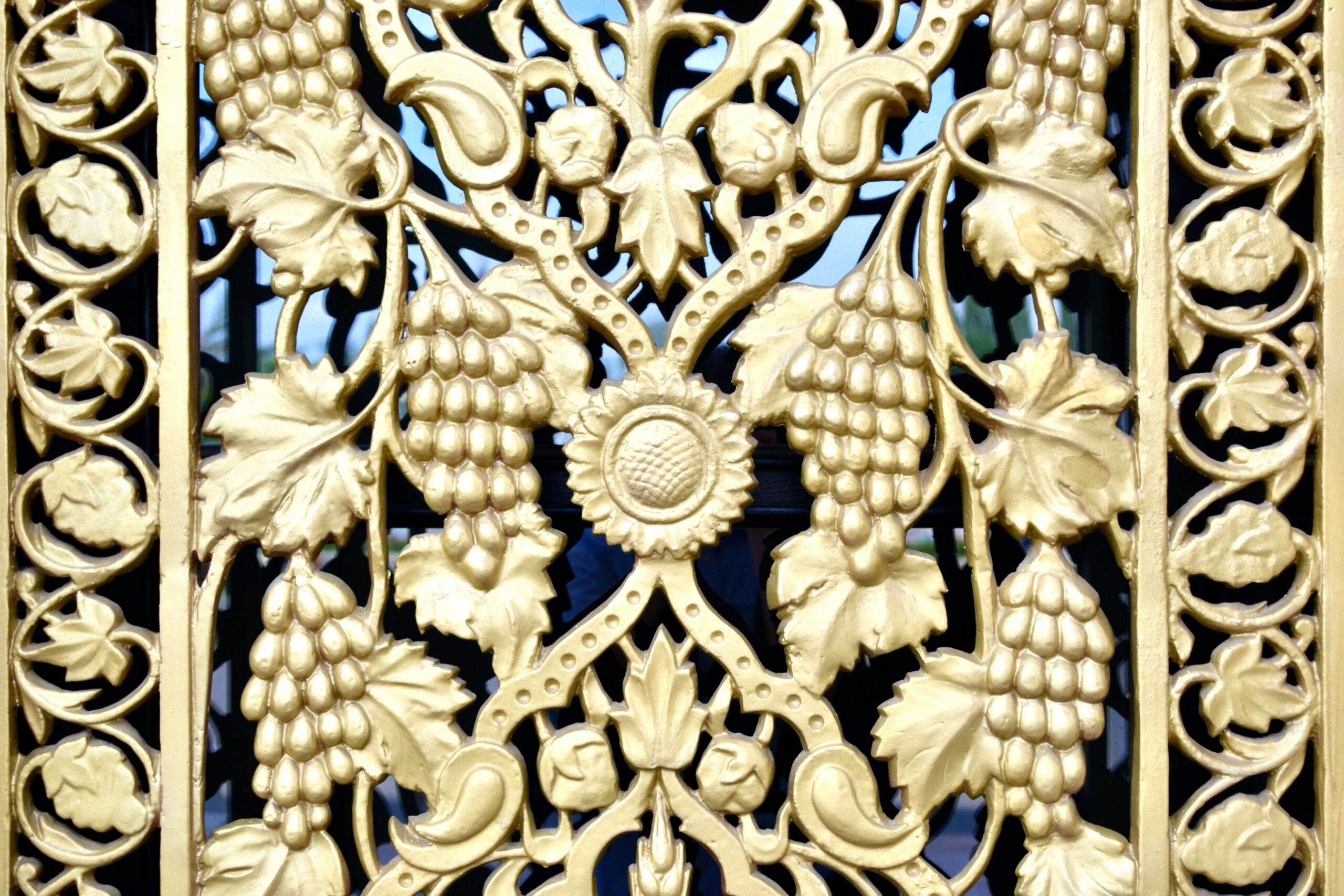
A pristine kamishimo formal outfit, embodying the dual identity of samurai as warriors and refined courtiers
While we often picture samurai in armor, their off-duty attire was equally significant. Samurai in the shogunal courts used the kimono to express their dual identity: warriors and refined courtiers.
Under armor: Samurai wore plain kosode (short-sleeved kimono).
In court: They donned formal kamishimo, often made from stiff hemp or silk, projecting authority.
Ceremonial processions: Samurai paraded in coordinated kimonos, embodying the strength and unity of their clan.
Kyoto, with its grand avenues and temples, witnessed these displays of status, blending martial pride with cultural refinement.
5. Kyoto’s Nishijin Textiles and the Shogunate
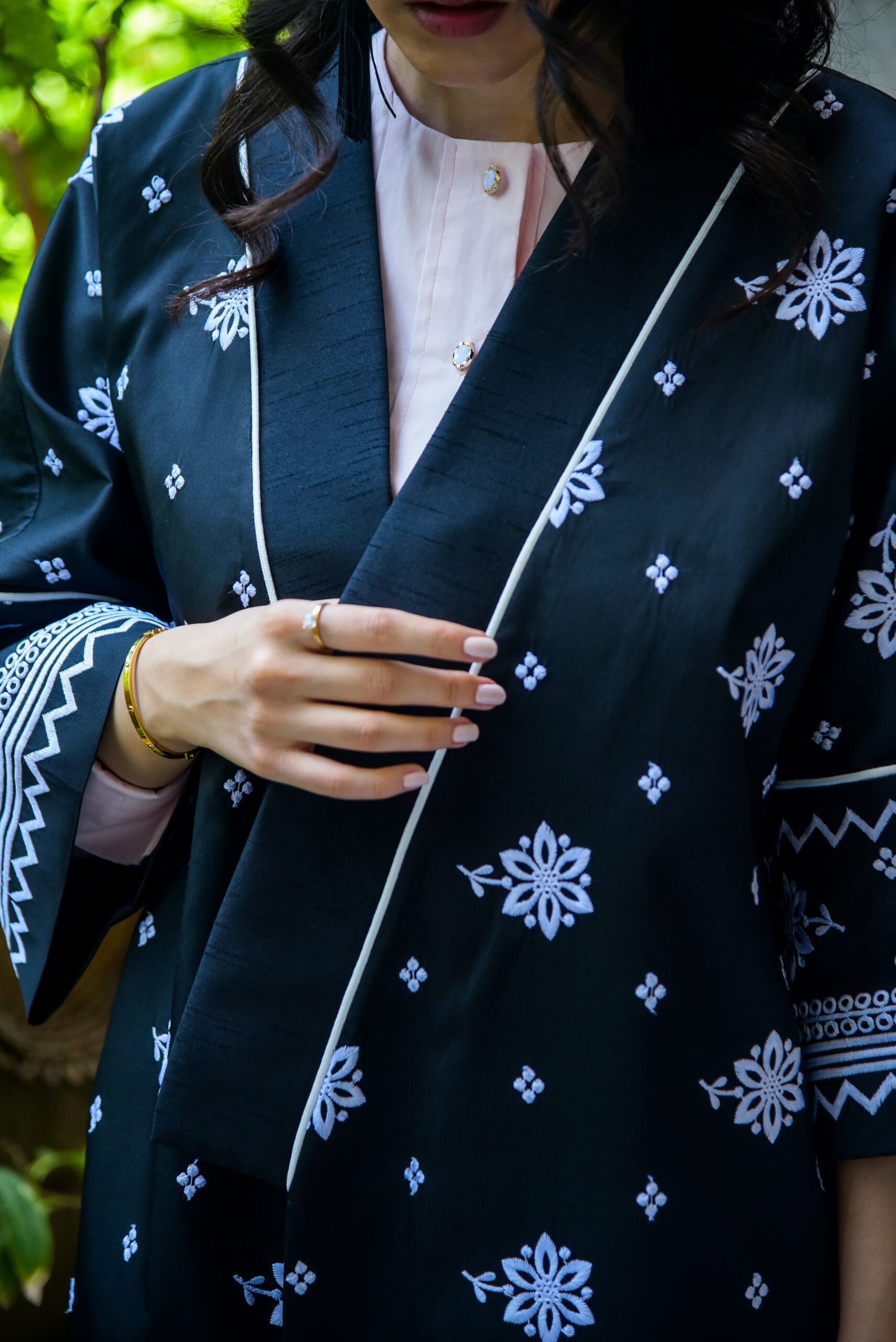
The exquisite artistry of Nishijin brocade weaving, the foundation of Kyoto’s luxury kimono tradition
One cannot discuss kimono in Kyoto without mentioning Nishijin textiles. This district specialized in weaving opulent silks, often embroidered with gold and silver threads.
Shogunal patronage fueled Nishijin’s prosperity, making Kyoto the epicenter of luxury kimono production.
Patterns such as cranes, pine trees, and waves symbolized longevity, resilience, and prosperity—qualities celebrated by the shoguns.
Nishijin artisans still thrive today, producing fabrics that embody centuries of tradition.
6. Ceremonial Occasions: When Kimonos Spoke Louder than Words
The shogunal courts followed a strict calendar of ceremonies. Weddings, tea rituals, seasonal festivals, and audiences with the emperor demanded precise attire.
In such events, kimonos were as much a performance as the rituals themselves. The choreography of color, fabric, and formality reinforced social order. For example:
White silk in weddings
symbolized purity
Black formal kimono with family crests
denoted authority
Seasonal motifs
like cherry blossoms in spring connected the courts with the rhythms of Kyoto’s natural world
7. The Legacy of Shogunal Kimono in Modern Kyoto
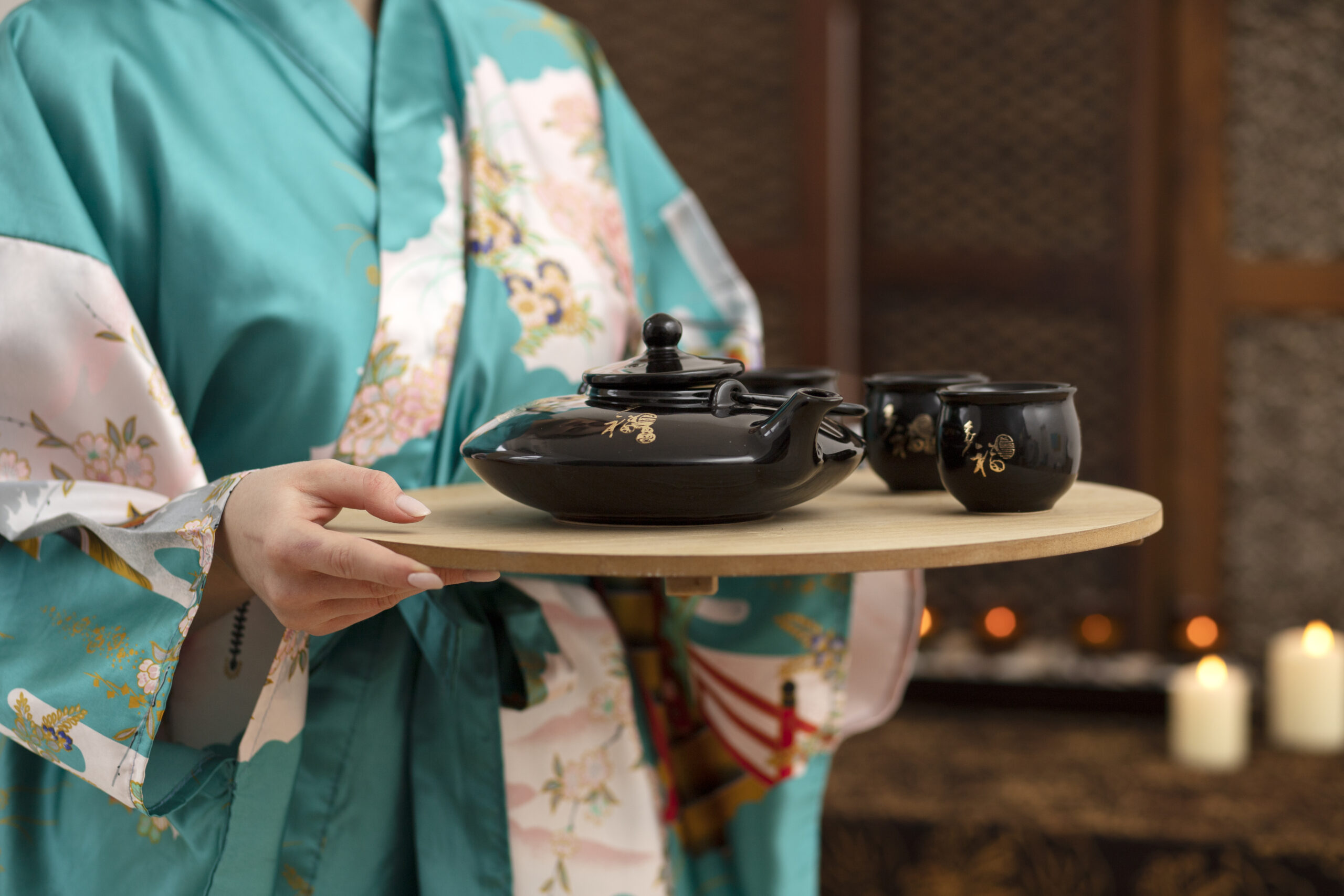
Contemporary kimono culture thrives in Kyoto through traditional tea ceremonies and cultural experiences
Today, Kyoto continues to celebrate this heritage. From the Aoi Matsuri, where participants don Heian-era robes, to modern kimono rentals that allow visitors to experience traditional attire, the kimono remains woven into the city’s identity.
Photographers in Kyoto capture this living tradition against backdrops like:
- Kiyomizu-dera Temple
- Gion district (famous for geisha and maiko)
- Arashiyama bamboo grove
- Nijo Castle, once a Tokugawa shogunal residence
For travelers, wearing a kimono in Kyoto is not only a fashion choice but a way to step into history.
👉 Make your Kyoto trip unforgettable with a professional kimono photo session:Book your shoot here
8. Tips for Experiencing Kimono Culture in Kyoto Today
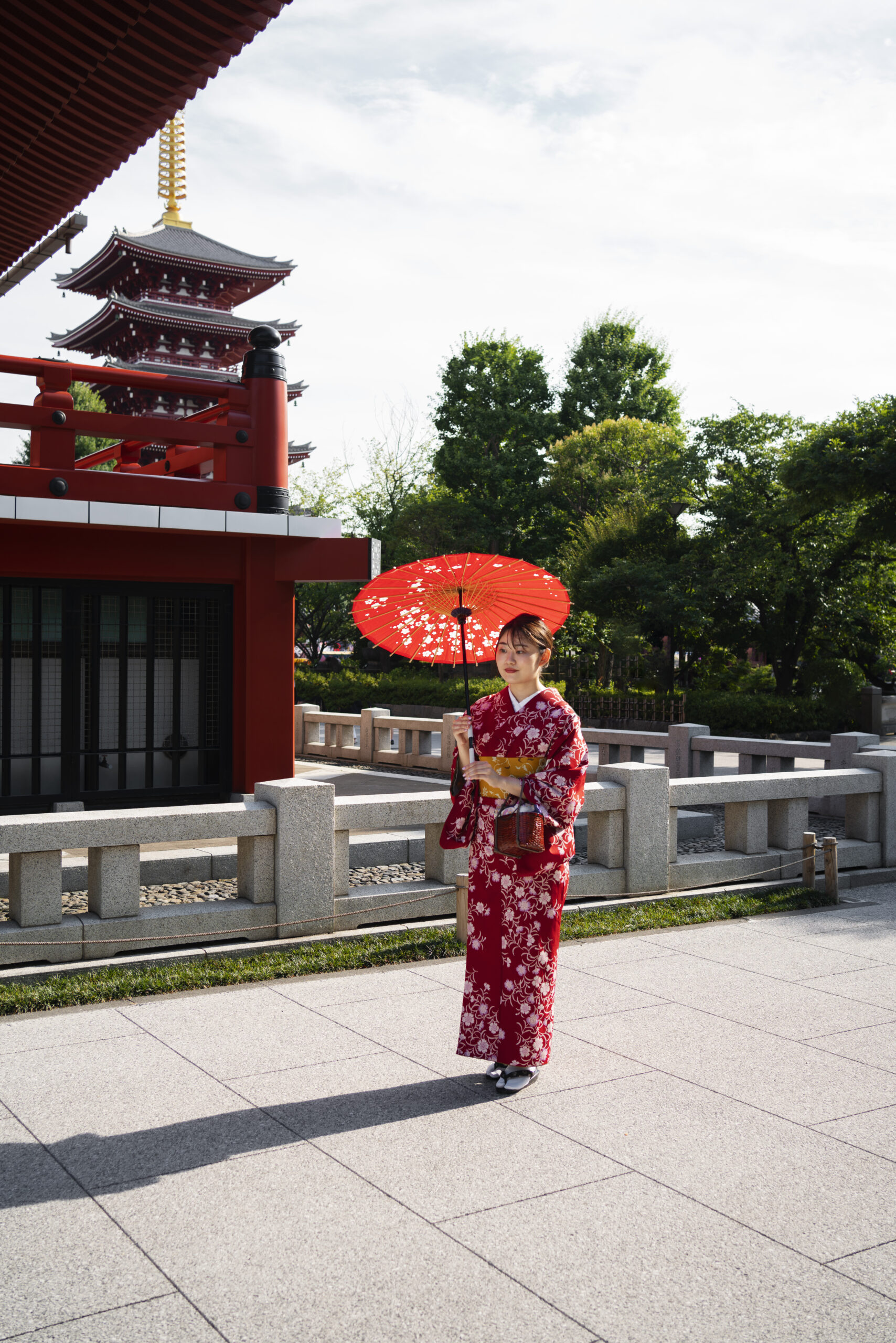
The iconic Gion district where traditional kimono culture comes alive through geisha and maiko
- •Kimono Rentals – Many shops in Gion and Higashiyama offer rentals. Choose seasonal motifs for authenticity.
- •Tea Ceremonies – Join a tea ceremony in kimono to experience etiquette similar to shogunal times.
- •Photography Tours – Capture your experience at iconic spots with a professional photographer.
- •Visit Nishijin District – Learn how Kyoto artisans still weave luxury kimono fabrics.
- •Attend Festivals – Matsuri like Jidai Matsuri recreate historical attire, bringing the past to life.
Conclusion
The kimono’s role in the shogunal courts of Kyoto was profound—it was clothing, but also symbol, ritual, and legacy. By exploring its history, we uncover how Kyoto became a canvas for cultural expression, where fabric and form spoke volumes about power, identity, and harmony with nature.
Today, visitors can connect with this tradition by donning a kimono, strolling through Kyoto’s timeless streets, and preserving the memory through photography.
👉 Ready to experience Kyoto’s elegance?Book a professional kimono photoshoot today
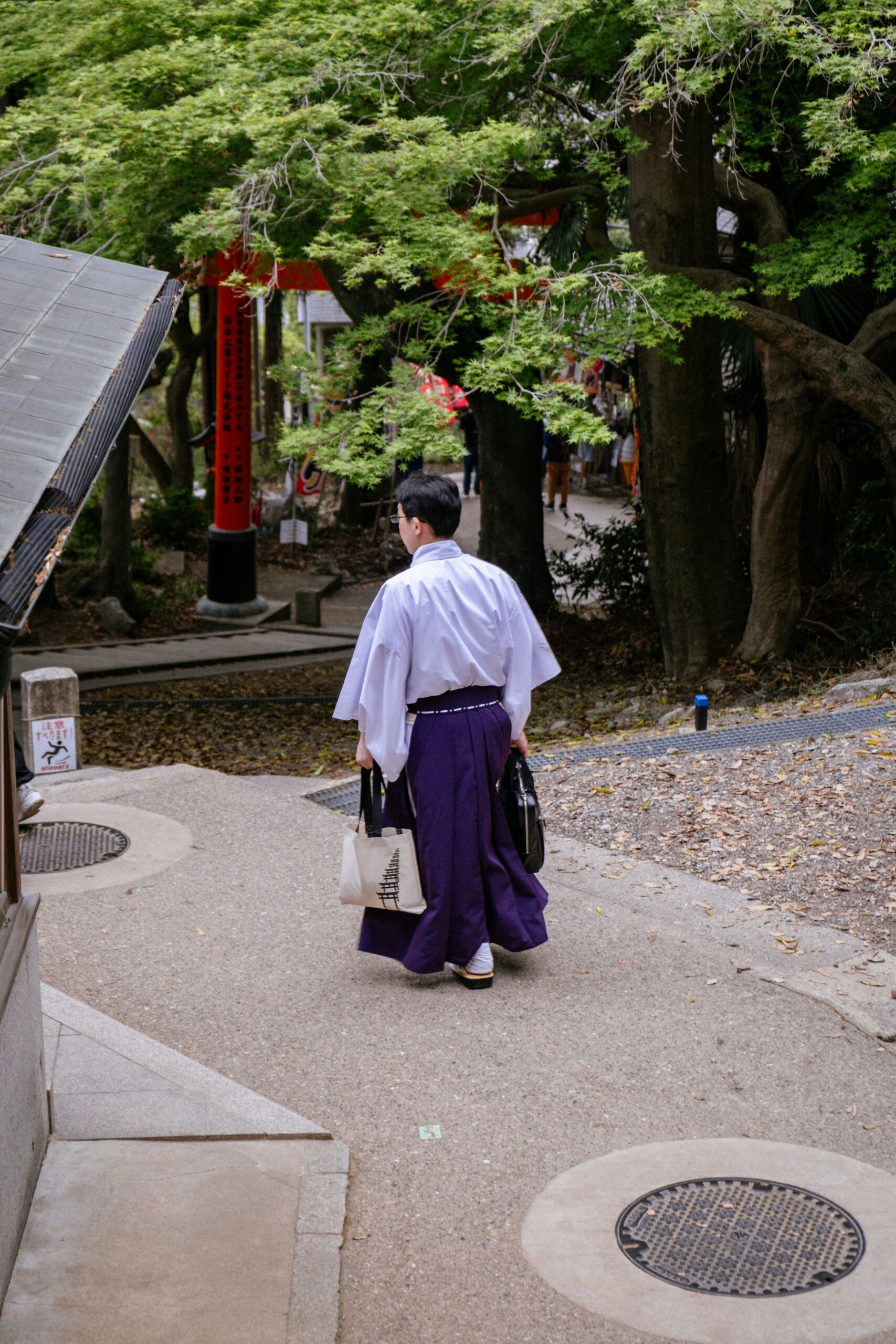


コメント